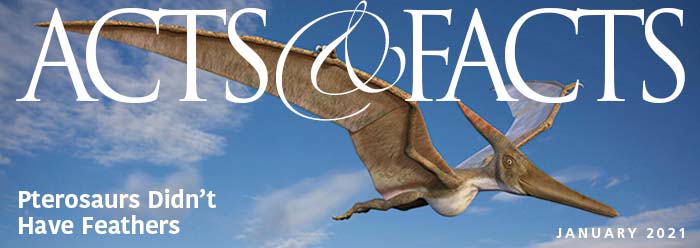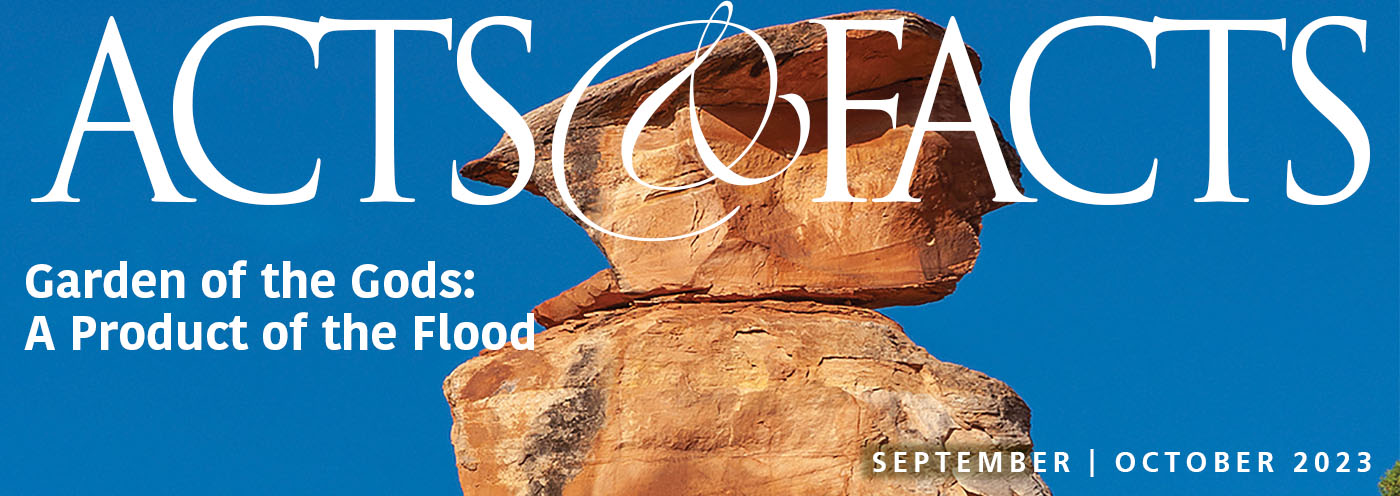How does one build a structural material that withstands stress and fracture? The answer is to copy optimal designs from living systems because they far exceed man's ingenuity. Recently, an improved steel was developed by copying human bones.1
Human and animal bones are optimally designed to be lightweight, incredibly strong, and resist fracture and fatigue. These bones are also self-healing and fully integrated—both physiologically and structurally—with the rest of the body. Bones are excellent examples of God's creative genius.
The amazing features of bones are facilitated by an incredibly ingenious microstructure that's engineered at hierarchical levels.2 When observed at the nanoscale level, a network of tiny fibers composed of collagen, a type of protein, are found in an intricately layered arrangement. Fibers are oriented in different directions in each layer. On a slightly larger scale, bones exhibit a framework with a lattice-like structure that makes them both strong and light. This type of multilevel engineering ensures that bones resist cracking in any one particular direction—a feature that materials engineers have long sought.
The mechanics of crack propagation is an important area of research for things like cars and sky scrapers. The properties of such materials can, in some cases, determine human life and safety. Because of this, materials that resist cracking have been studied by scientists (called metallurgists) for many years.
The main problem for metallurgists is the attainment of both strength and toughness in a single engineered material, because these properties are typically mutually exclusive. Materials that are really strong (hard) tend be highly subject to fracturing—they tend to be brittle—while materials that are tough (fracture resistant) tend to be pliable and flexible. Developing materials that are both strong and tough has always been an uneasy compromise. In their quest to obtain this seemingly unattainable engineering feat, researchers copied the Creator's Divine engineering they found in bones and published their findings in the prestigious journal Science.1
The Bible says, "For since the creation of the world His invisible attributes are clearly seen, being understood by the things that are made" (Romans 1:20, NKJV). This recent news story perfectly highlights this profound scriptural truth. Here we have an age-old engineering problem that humans have been unable to solve, but now with the modern tools of microstructure analysis, metallurgists are able to behold the incredible structural engineering performed by our great Creator God and then copy it, albeit at a crude level.
Clearly, discoveries like this do not glorify mankind, but rather our omnipotent Creator. He gets all the credit.
References
- Koyama, M. et al. 2017. Bone-like crack resistance in hierarchical metastable nanolaminate steels. Science. 355 (6329): 1055–1057.
- Tertuliano, O. A., and J. R. Greer 2016. The nanocomposite nature of bone drives its strength and damage resistance. Nature Materials. 15 (11): 1195–1202.
Image Credit: Copyright © 2015-17 A. Boyde / Bone Research Society. Adapted for use in accordance with federal copyright (fair use doctrine) law. Usage by ICR does not imply endorsement of copyright holder.
*Dr. Tomkins is Director of Life Sciences at the Institute for Creation Research and earned his Ph.D. in genetics from Clemson University.
Article posted on April 6, 2017.
















